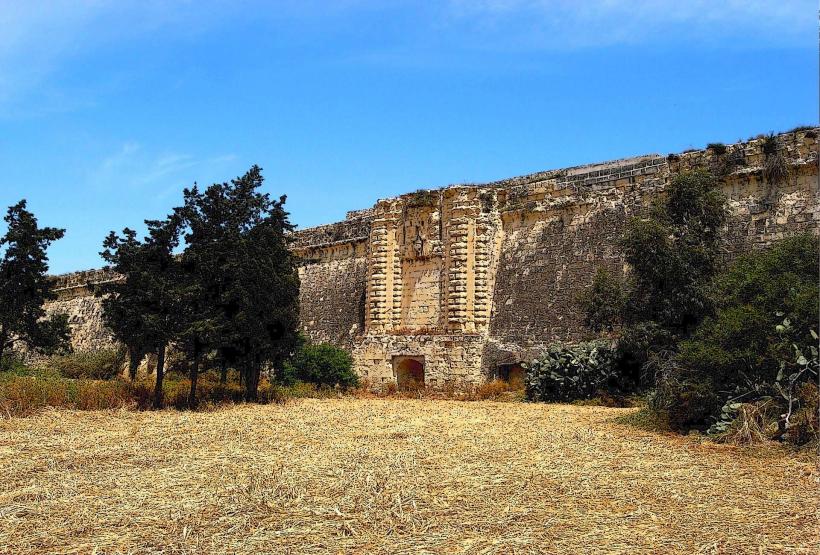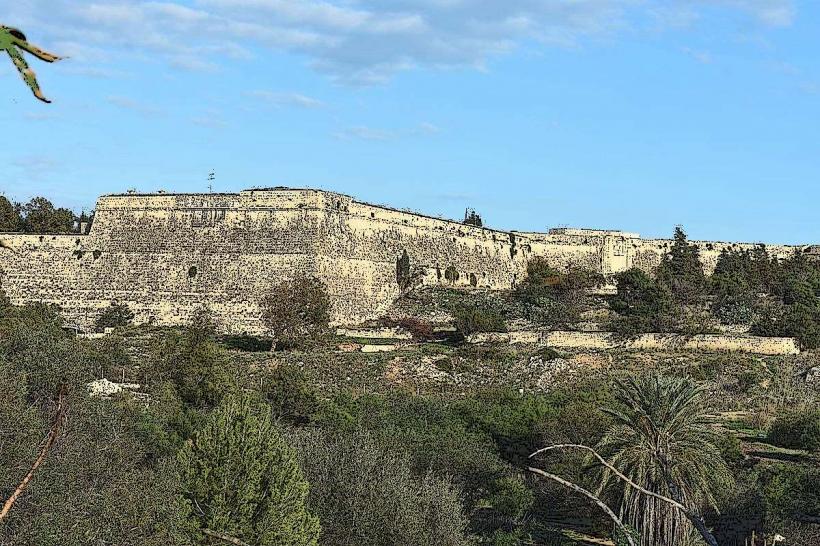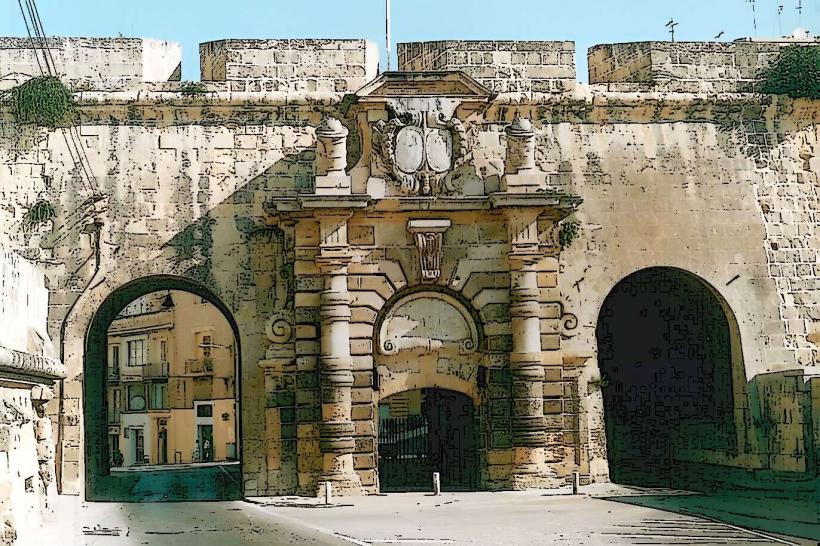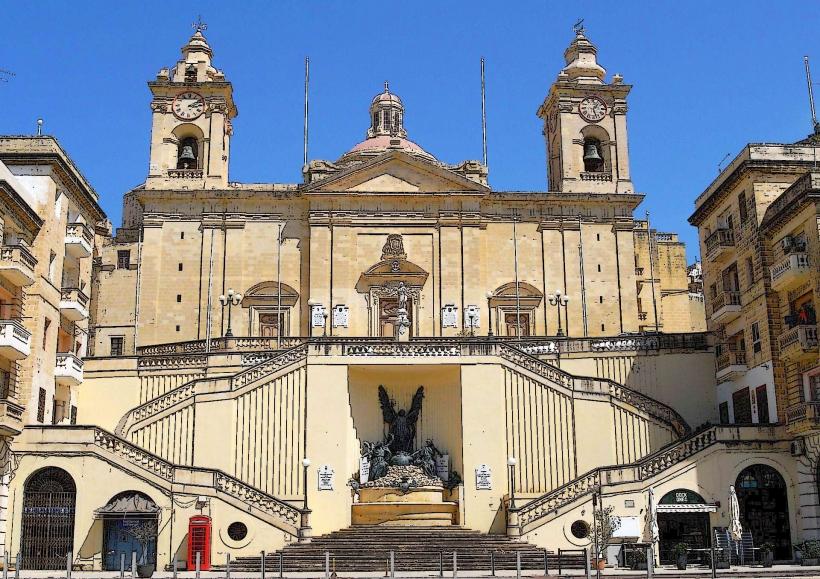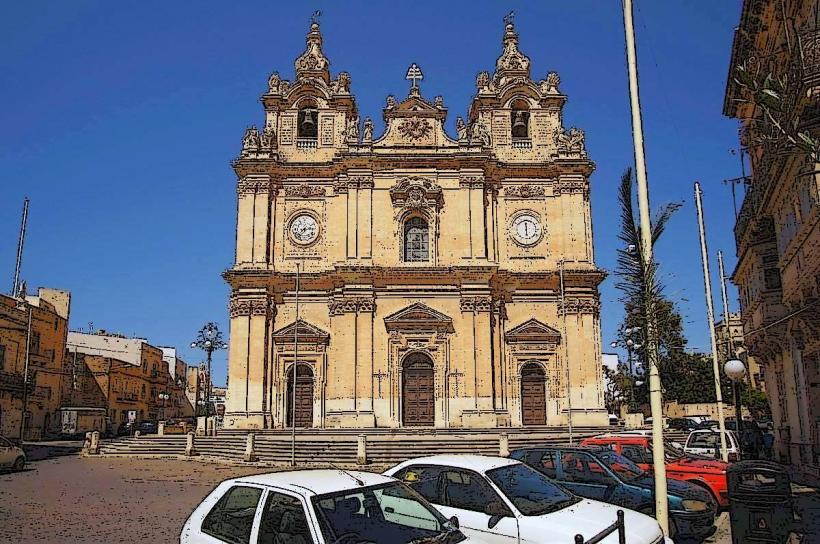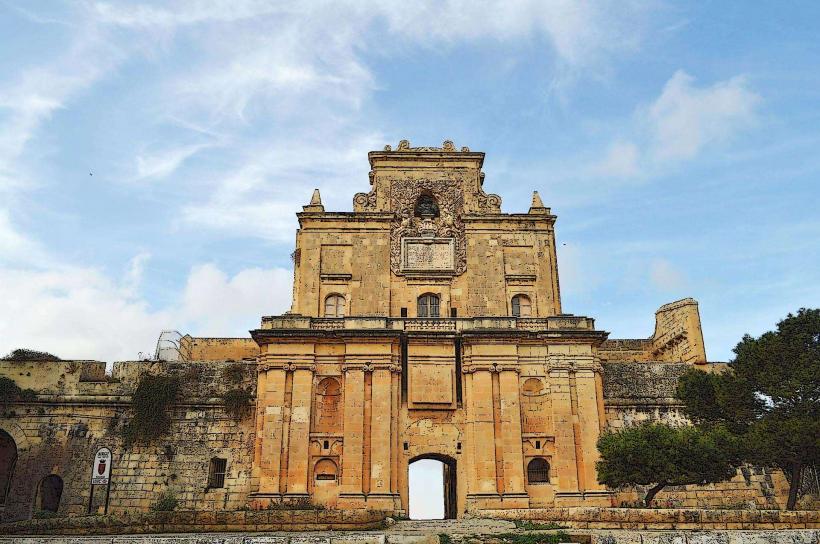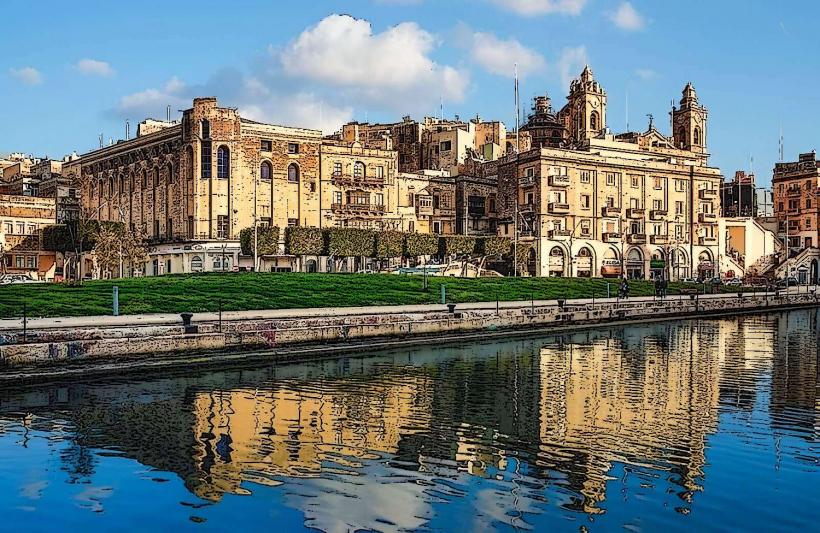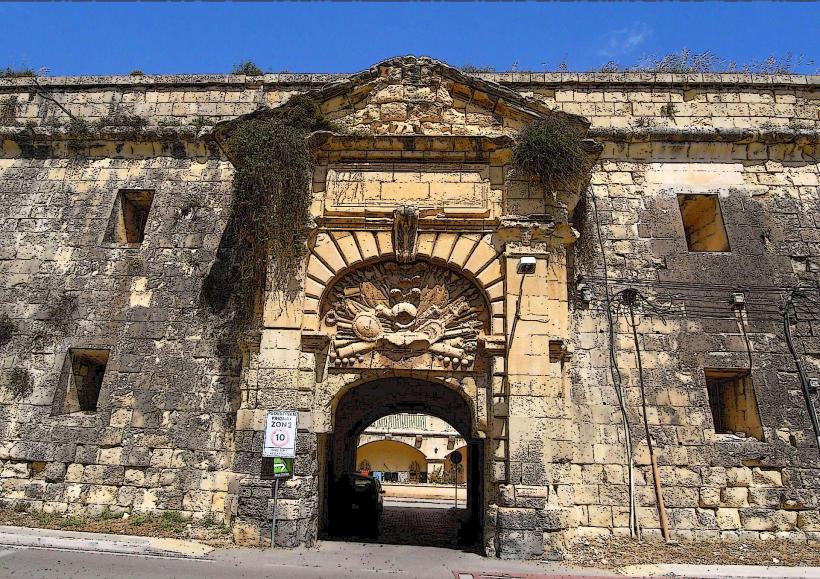Information
Landmark: National War MemorialCity: Cospicua
Country: Malta
Continent: Europe
The War Memorial in Malta, known as the National War Memorial, is a significant landmark that commemorates the sacrifices made by the Maltese people and the armed forces during both World Wars. It is located in the Gardjola Gardens area of Senglea, one of the Three Cities, overlooking the Grand Harbour.
Historical Background
Purpose and Establishment:
- The National War Memorial was established to honor the Maltese soldiers and civilians who lost their lives during the First and Second World Wars. It was officially inaugurated on April 24, 1921, though the memorial’s creation began after World War I, with the Maltese population wanting to recognize the heavy toll of war on their small island.
- Malta, being a strategic British military base, played a key role in both world wars, suffering significant civilian and military casualties due to aerial bombings, naval battles, and its position as a vital point for the British Mediterranean Fleet.
- The National War Memorial not only commemorates the loss of life but also serves as a symbol of the island's resilience and sacrifice.
Dedication to the Fallen:
- The memorial is dedicated to all Maltese citizens and soldiers who died during the two world wars and in the years following, especially the Second World War when Malta endured intense bombing campaigns, particularly during the Siege of Malta (1940–1942).
- Malta's role in World War II was pivotal in disrupting Axis supply lines, and it was awarded the George Cross in 1942 by King George VI for its bravery and perseverance. This recognition is an important part of Malta’s wartime heritage.
Architectural Features
Design:
- The National War Memorial is a solemn and dignified structure that consists of columns and statues arranged around a central obelisk. The design is simple yet powerful, symbolizing the island’s collective grief and remembrance of the fallen.
- The central obelisk, rising from the ground, represents the persistence of the Maltese people and their resilience through times of great adversity. The use of stone in its construction gives the memorial a timeless quality, echoing the long-lasting impact of the sacrifices made.
Sculptural Elements:
- The memorial features sculptural elements that include engraved names of those who lost their lives, engraved on stone plaques. These plaques are arranged in such a way that visitors can pay their respects by standing before the names of the fallen.
- The memorial includes several symbolic sculptures such as figures of soldiers, civilians, and women, representing the diverse contributions and sacrifices of different groups during wartime.
Gardens and Surrounding Area:
- The memorial is set in the Gardjola Gardens, an area known for its scenic views of the Grand Harbour and the surrounding fortifications. The gardens provide a tranquil space for reflection and remembrance, with beautifully maintained paths, trees, and landscaping adding to the somber atmosphere of the memorial.
- The surrounding viewpoint offers a panoramic vista of the harbor, which was at the center of many naval and aerial engagements during the wars, making it an especially poignant location for the memorial.
Religious and Ceremonial Significance
Commemorations and Events:
- The National War Memorial is the focal point for annual commemorations, particularly Remembrance Day and Victory Day. These events include solemn ceremonies, with wreath-laying services, speeches, and a moment of silence in honor of those who died in the wars.
- On Remembrance Day, held on November 11, the Maltese government and various veterans' associations gather at the memorial for a national ceremony, remembering those who sacrificed their lives for the island and its future.
- During these ceremonies, military bands, honor guards, and the Maltese Armed Forces participate in the proceedings, reinforcing the significance of the day and the memorial.
Symbol of National Pride:
- The National War Memorial is not just a tribute to those who perished; it also serves as a symbol of Malta’s resilience and enduring spirit. Malta’s experience in both world wars is a source of pride for its citizens, especially after the island's exceptional bravery during the Siege of Malta, where Maltese civilians and soldiers fought relentlessly under extreme conditions.
- The memorial is also a reminder of the George Cross awarded to the people of Malta for their courage and sacrifices during World War II. This honor is often referenced during the memorial's ceremonies.
Tourism and Educational Importance
Cultural Heritage:
- As part of Malta’s war history, the National War Memorial is a significant point of interest for those wishing to learn about the island’s role in the two world wars. It provides visitors with the opportunity to reflect on the wartime experiences of the Maltese and to explore the historical context of the wars, particularly in the Mediterranean theatre.
- It is an important site for educational tours, especially for schoolchildren and international visitors who are interested in Malta’s military history.
Accessibility:
- The National War Memorial is located within the Gardjola Gardens in Senglea, which is part of the historic Three Cities area. Visitors can access the memorial by walking through the gardens, which are open to the public. The site is easily reachable by bus, car, or even by walking from Valletta via the nearby bridge or by ferry from the Grand Harbour.
- The memorial is also part of the broader cultural heritage route through the Three Cities, with nearby sites such as Fort St. Angelo, Inquisitor’s Palace, and Birgu’s waterfront, making it an integral stop for those interested in Malta’s rich history.
Conclusion
The National War Memorial in Senglea is a deeply significant monument that honors the memory of those who sacrificed their lives during both World Wars. Its solemn design and serene location in the Gardjola Gardens make it a place for reflection, remembrance, and national pride. It is a symbol of the Maltese people’s resilience and their significant role in the Mediterranean theatre of both world wars. The memorial continues to serve as an important focal point for commemorations, ceremonies, and cultural education, ensuring that the sacrifices of the fallen are never forgotten.

